genetics
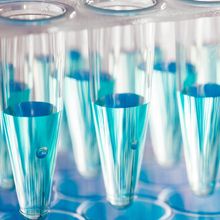
Introducing More Flexibility to Automated Liquid Handling
The Scientist Staff | Aug 1, 2024 | 2 min read
The latest automated liquid handling robots are adaptable to numerous techniques for sample extraction, isolation, and purification.

Tiny Biomarkers for Small Patients with Brain Injuries
Charlene Lancaster, PhD | Jul 24, 2024 | 5 min read
Scientists identify potential microRNA-based diagnostic and predictive biomarkers of neonatal encephalopathy.
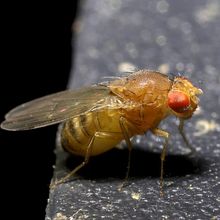
Small Model Organisms as Versatile Research Tools
Deanna MacNeil, PhD | 5 min read
Flies, worms, and fish with rapid development and characterized genetics help scientists uncover fundamental and universal biological processes, and shape cutting-edge research across disciplines.
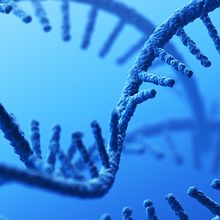
A CRISPR Tool for Tinkering with the Human Transcriptome
Danielle Gerhard, PhD | Jul 23, 2024 | 5 min read
Human cells repair RNA breaks induced by a programmable CRISPR system, paving the way for temporary treatments for genetic diseases.

Searching for the Rare Variants in a Genetic Haystack
Danielle Gerhard, PhD | Jul 18, 2024 | 10+ min read
Carola Vinuesa’s research has illuminated the genetics of lupus and helped to exonerate a mother falsely accused of murdering her four children.

Luciferase: A Powerful Bioluminescent Research Tool
Priyom Bose, PhD | 9 min read
Luciferase refers to a group of bioluminescence producing enzymes that enable researchers to study gene expression and regulation.
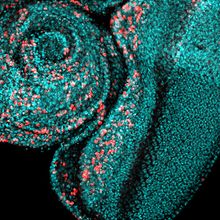
Cancers with an Exceptional Cause
Kamal Nahas, PhD | Jul 18, 2024 | 4 min read
Epigenetic control of gene expression can switch on genes that push cell division into overdrive independently of genetic faults.
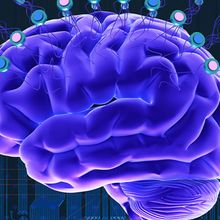
An Epigenetic Brain Scan
Aparna Nathan, PhD | Jul 16, 2024 | 4 min read
A lower-resolution spatial epigenomics method offers a cost-effective alternative to traditional single-cell approaches.

Synthetic Genomes: Rewriting the Blueprint of Life
Priyom Bose, PhD | 8 min read
Scientists construct synthetic genomes using computational and genetic engineering strategies to better understand complex biological systems.
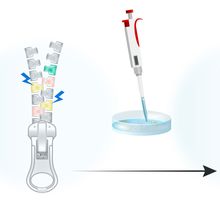
A Blueprint for the Ladder of Reproduction
Laura Tran, PhD | Jul 15, 2024 | 1 min read
A trio of proteins are key building blocks for genetic exchange.

Advancing qPCR Through Innovation
The Scientist Staff | Jul 15, 2024 | 2 min read
Researchers obtain consistent and precise qPCR data from instruments with enhanced thermal uniformity and updated optical detection systems.
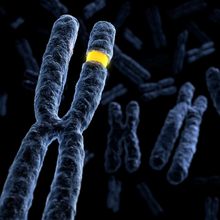
Unraveling Rare and Inherited Diseases with Genetic Technologies
Thermo Fisher Scientific | 1 min read
Rare genetic diseases are difficult to diagnose and characterize in the laboratory because of their heterogeneity and global scarcity.
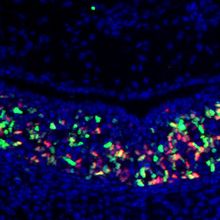
Deleting a MicroRNA Cluster Reversed Biological Sex in Mice
Sneha Khedkar | Jul 10, 2024 | 4 min read
Removing microRNA that caused conversion of male mice embryos into female sheds light on key noncoding elements in sex determination.
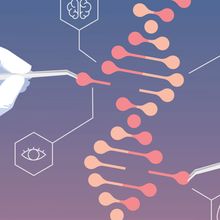
MOBE: A Base Editor That Multitasks without Mix-ups
Aparna Nathan, PhD | Jul 5, 2024 | 3 min read
A new system for simultaneous genomic edits could unlock better models of complex diseases.

A Deep Dive into Optimizing Results from Saliva-Derived DNA
The Scientist Staff | 1 min read
Laboratory experts will share their insights on best practices for working with saliva-derived DNA samples.
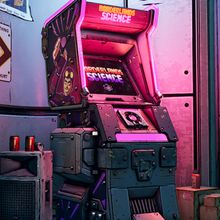
Borderlands Gamers Fuel the Next Generation of Citizen Science
Hannah Thomasy, PhD | Jul 2, 2024 | 7 min read
Researchers explore how video games can improve scientific understanding of the tree of life.
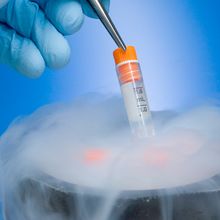
The Evolution of Biobanking and its Role in Precision Oncology
Abhishek Mohanty, PhD | Jul 1, 2024 | 6 min read
Biobanks fuel the multiomics-based practice of personalized oncomedicine and cancer biomarker discovery.

Bringing Gene Therapy to the Brain
The Scientist Staff | 1 min read
In this webinar, Douglas Marchuk and Viviana Gradinaru will discuss how scientists can overcome physiological barriers preventing gene therapies from reaching the brain.
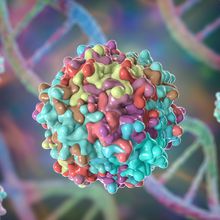
Quality Control for Cell and Gene Therapy
The Scientist Staff | Jul 1, 2024 | 2 min read
An orthogonal method to cell culture speeds up testing for AAV and lentivirus vectors.
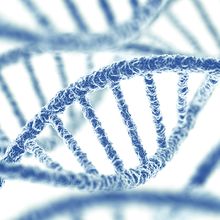
Targeted Gene Integration for High-Throughput Applications
Nathan Ni, PhD | Jun 20, 2024 | 4 min read
A new approach using two types of recombinases lets scientists insert larger DNA payloads into human pluripotent stem cells faster than ever before.